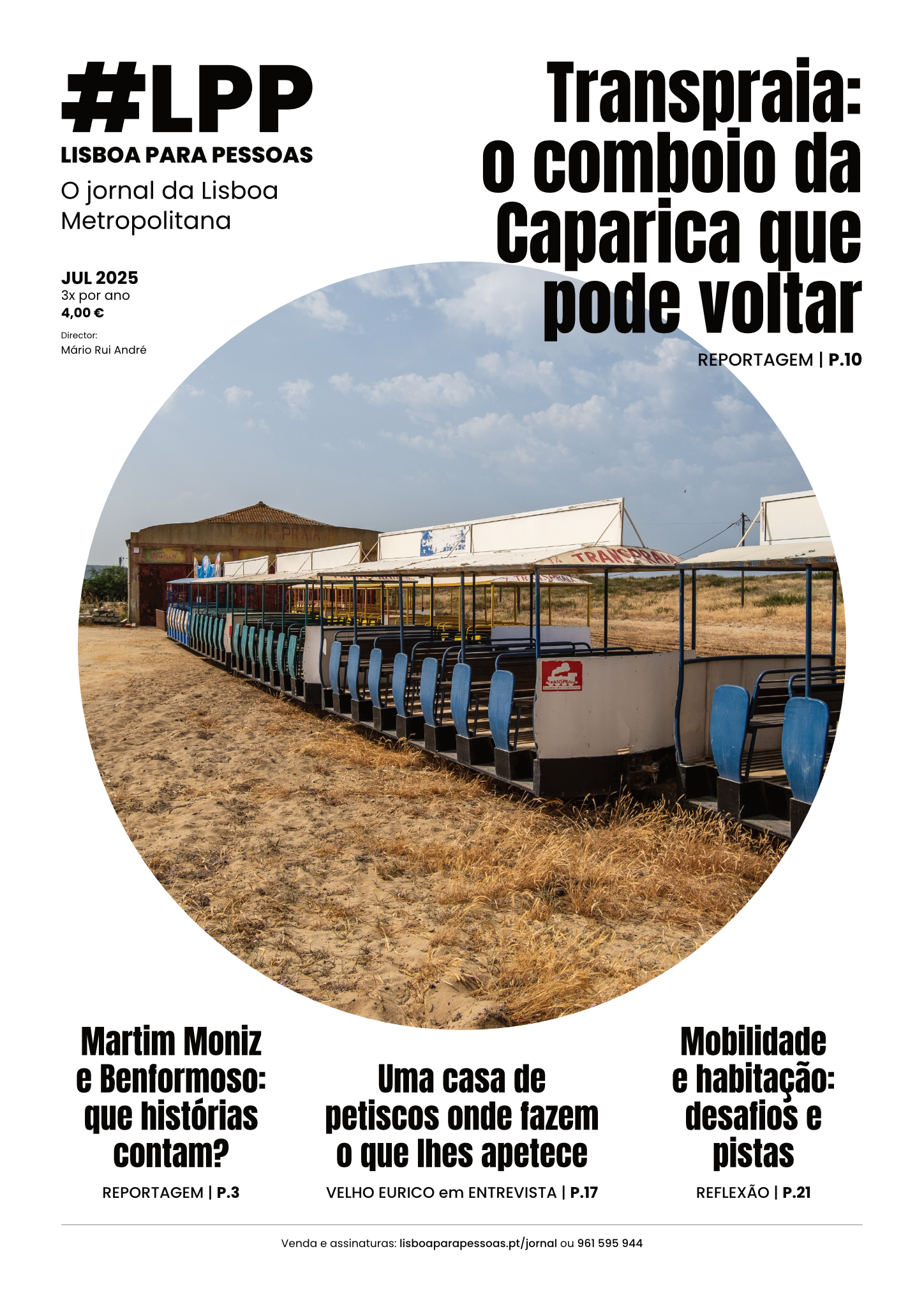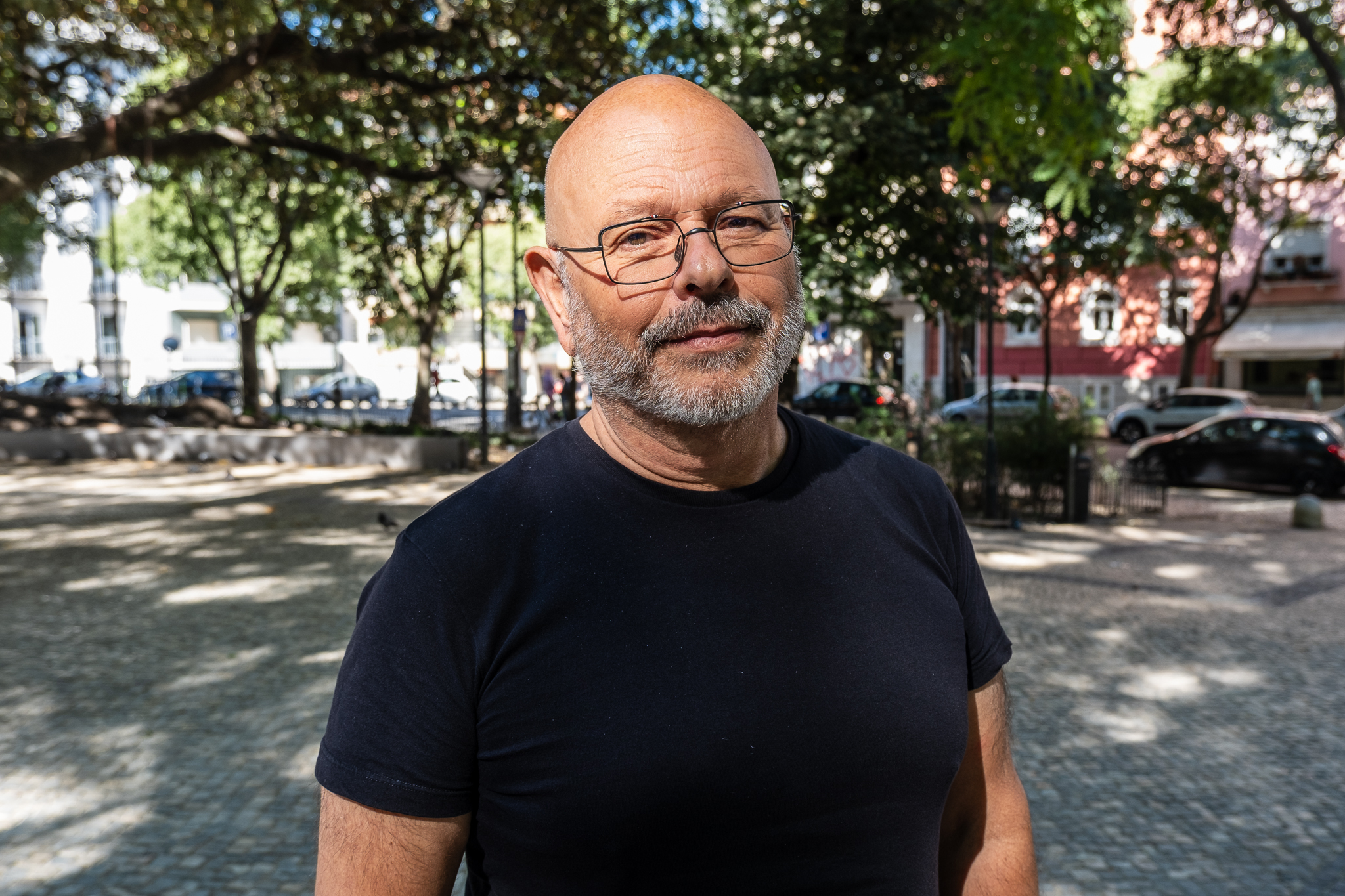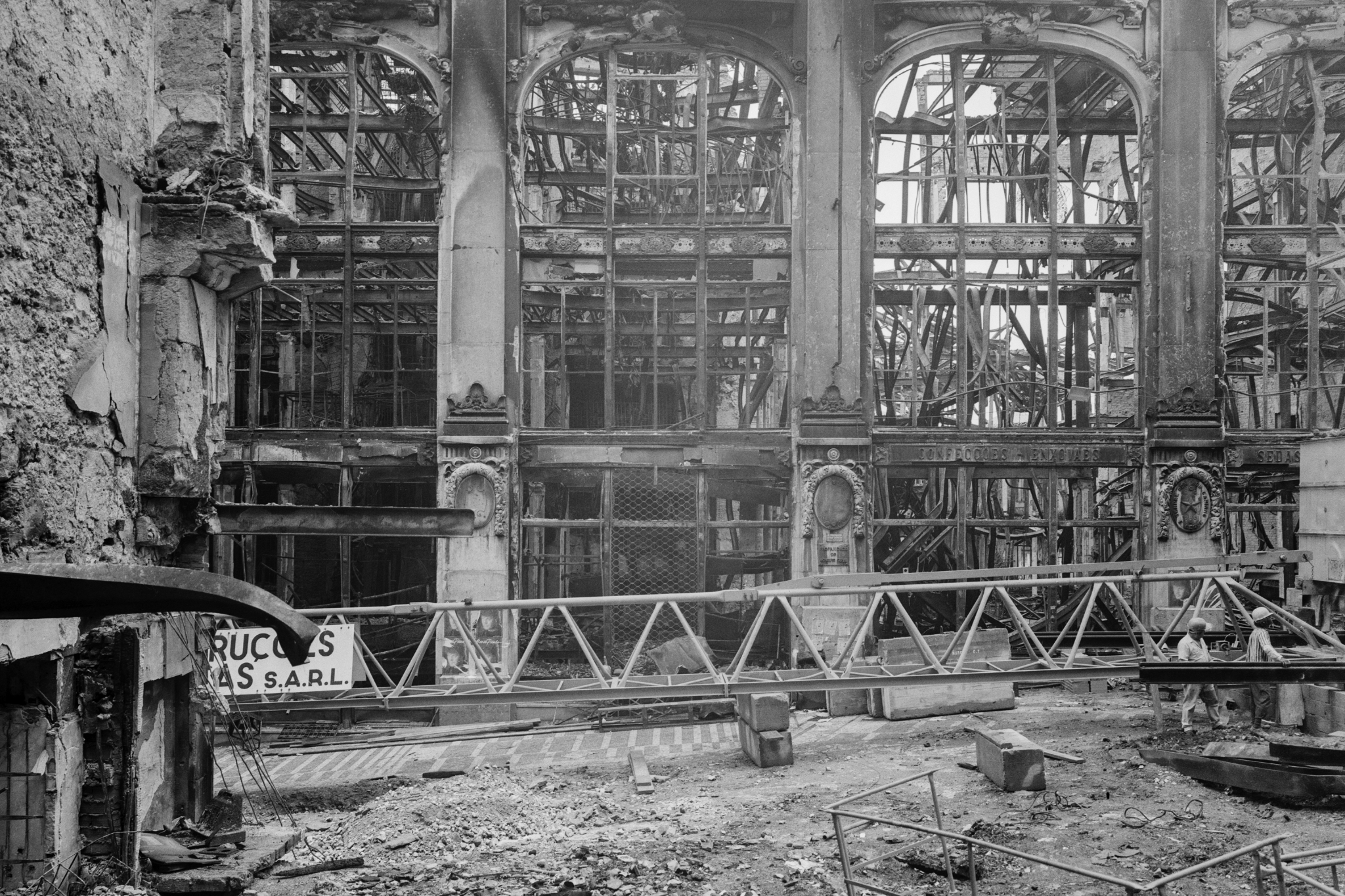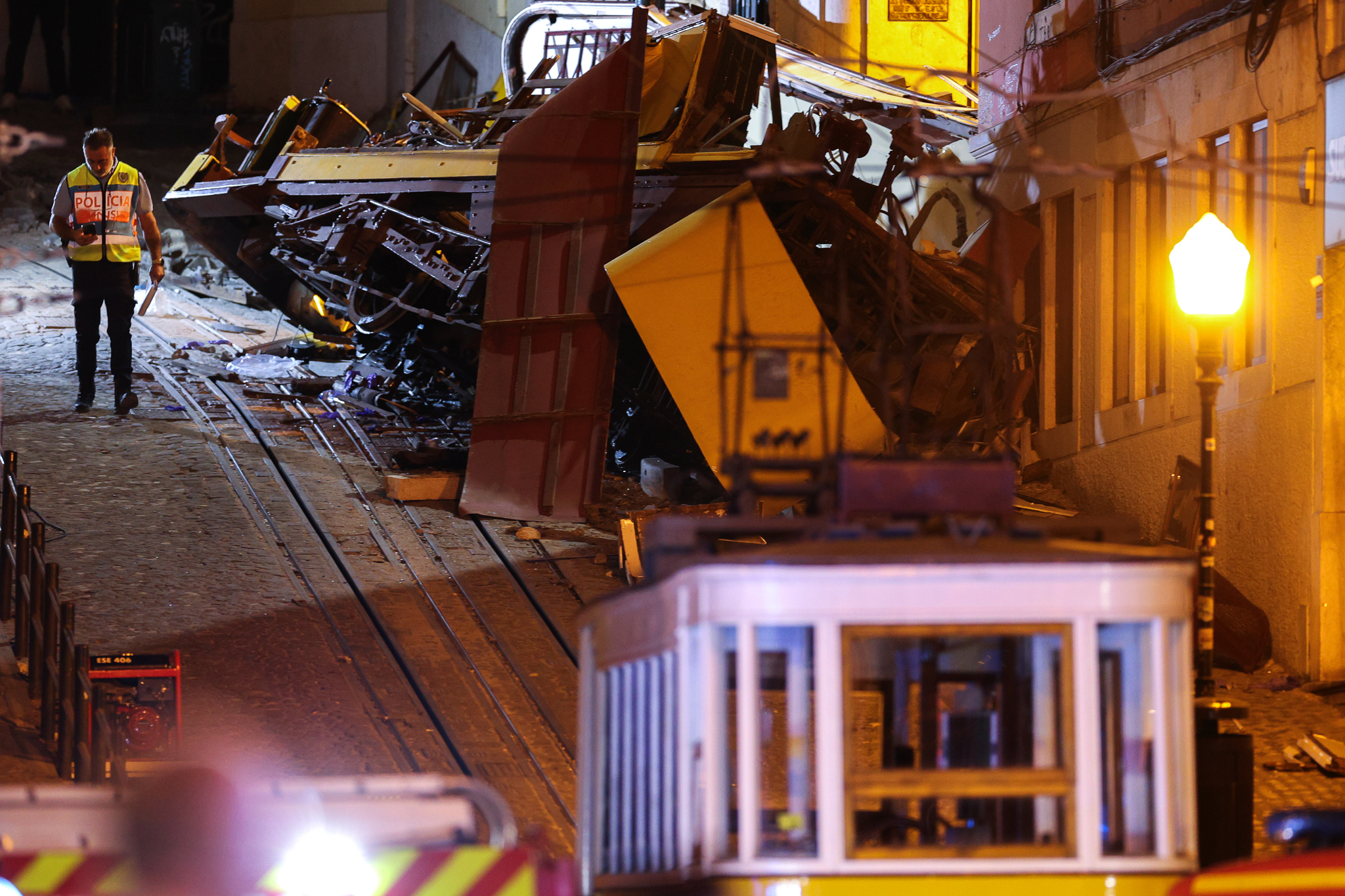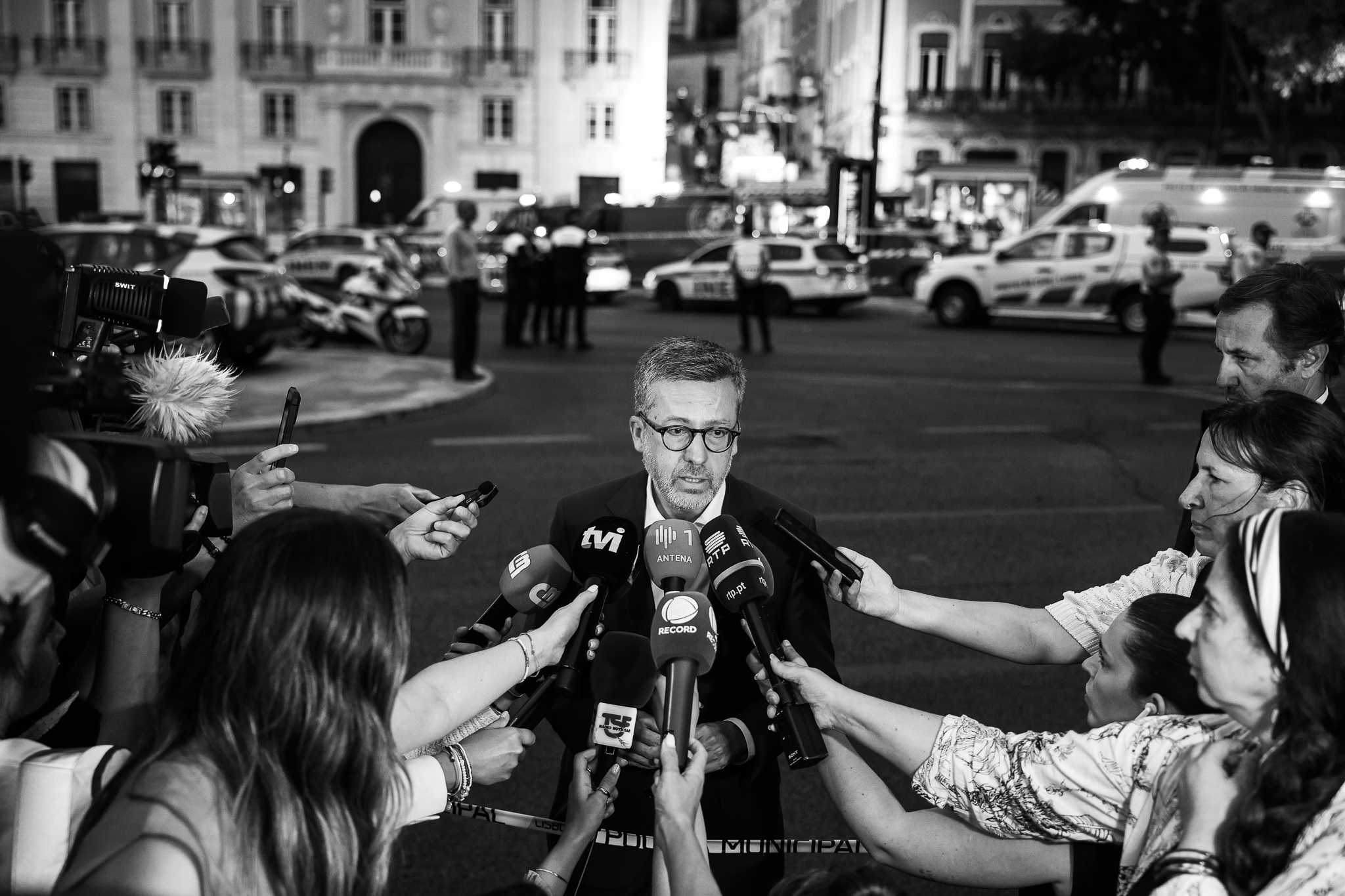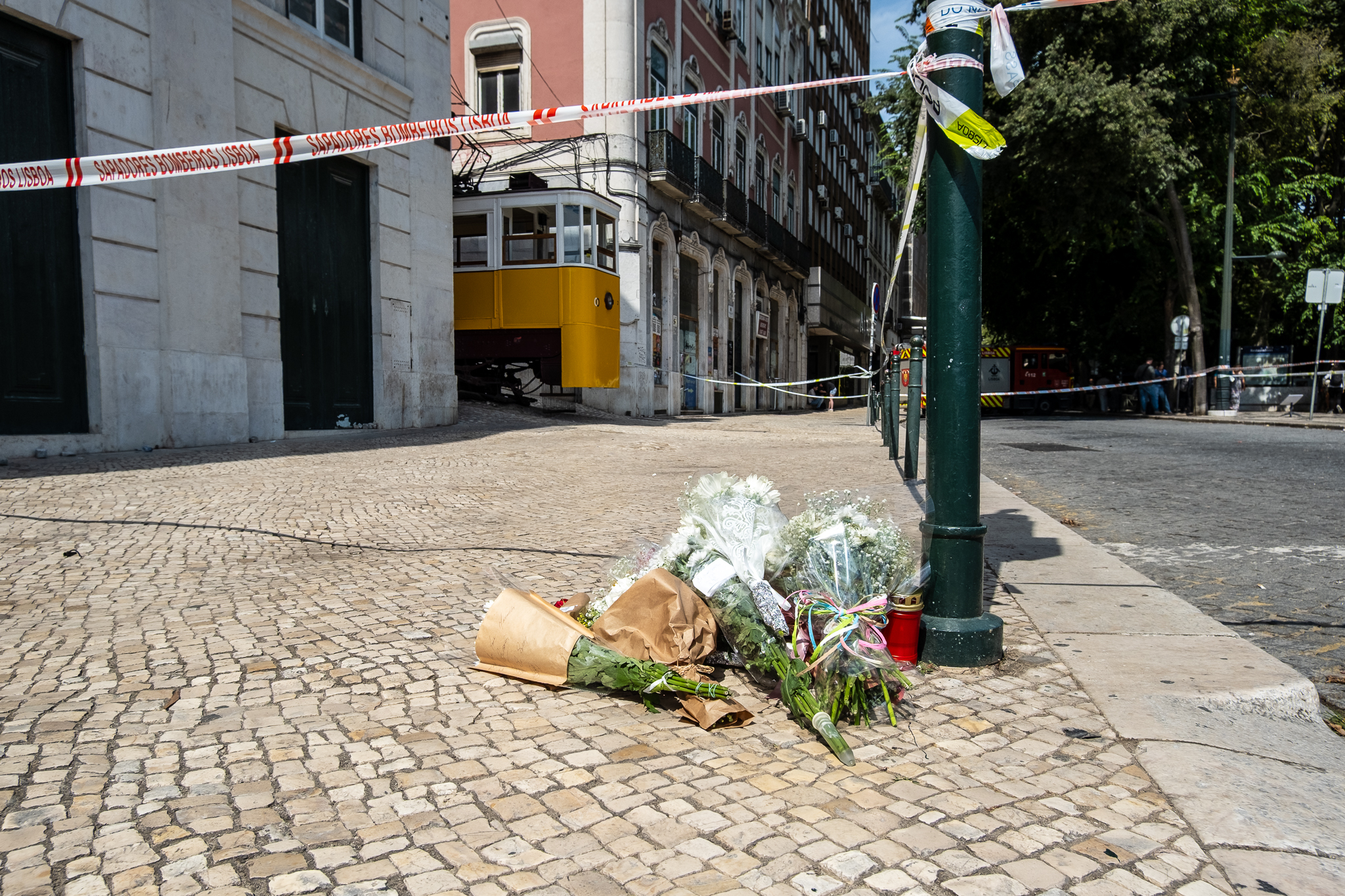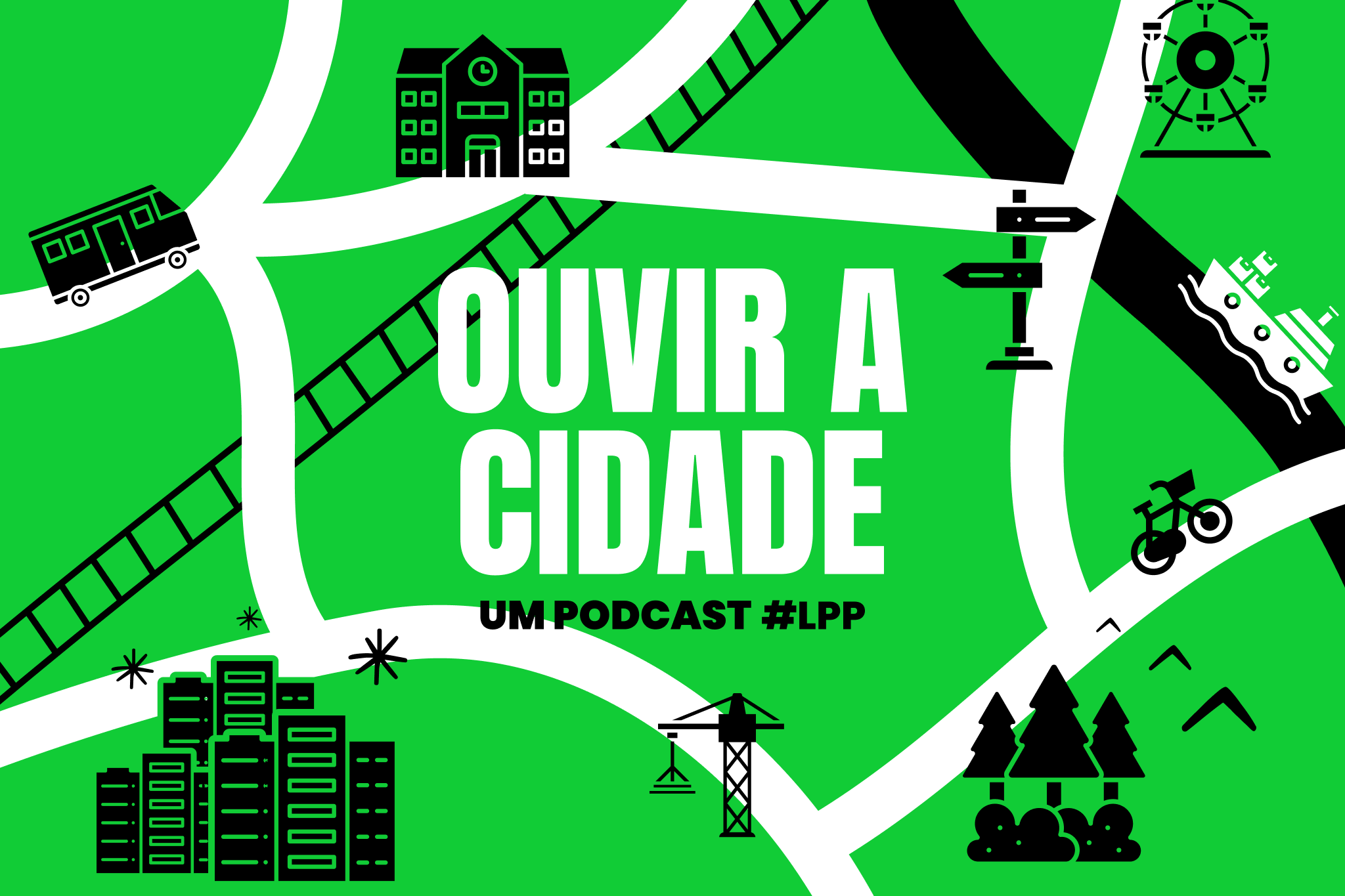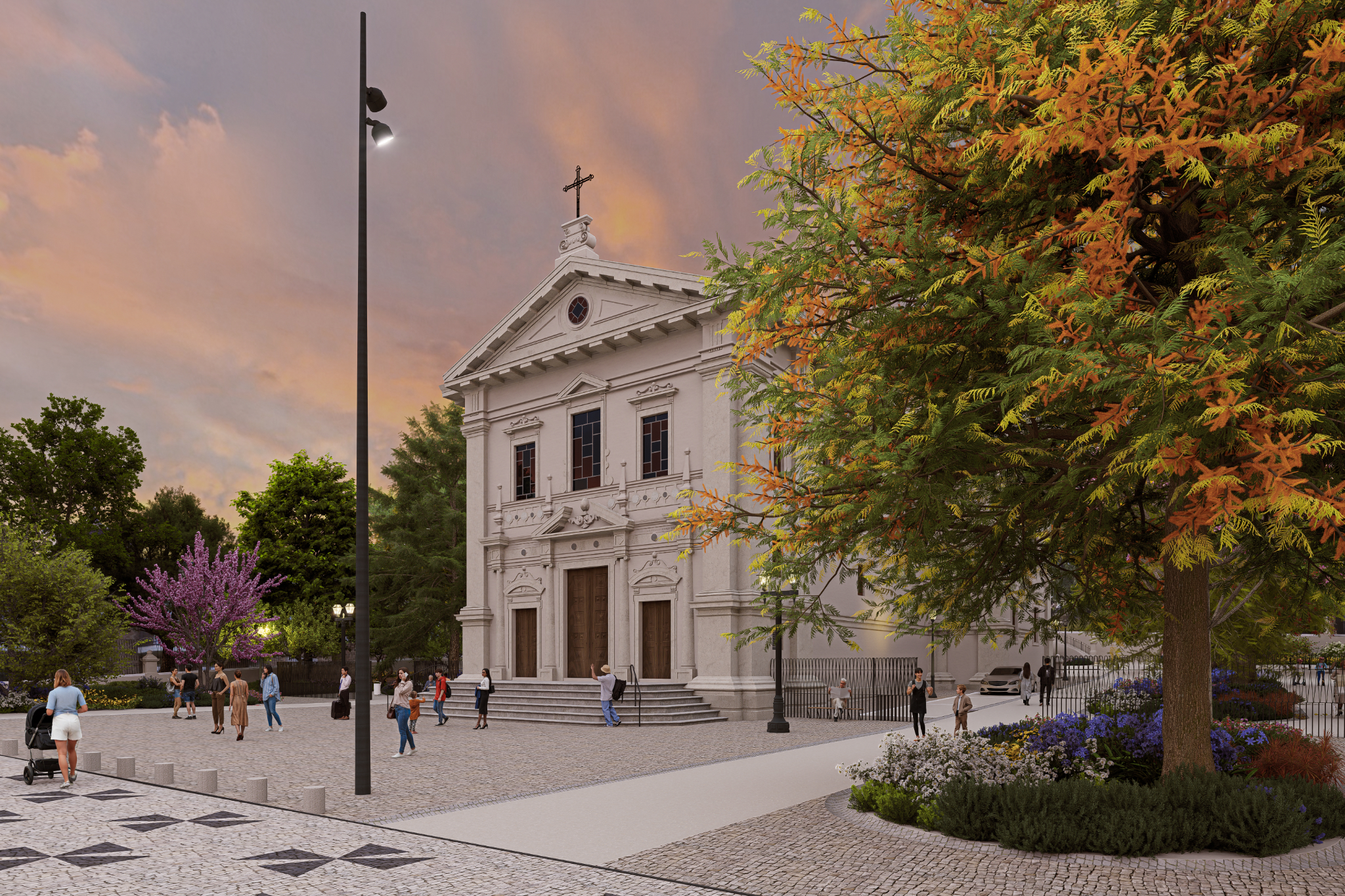The launch of Carris Metropolitana led Cláudio Pereira to create Intermodal, a project that arose to fill the information gaps of the new bus service but quickly became something bigger and more comprehensive.

The launch of Carris Metropolitana last summer led Cláudio Pereira, a 26-year-old computer engineer, to create a platform that would bridge the information gap of the new road service. However, he quickly realized that his idea had the potential to be something bigger and more comprehensive, and that it could be a kind of "Wikipedia" of public transportation in the Lisbon Metropolitan Area.
That is what he is currently focused on. Claudio, with the precious help of several people he met in Lisbon For People Discord Communityis creating a website, the Intermodalwhich intends to gather all the information about transportation in the Lisbon metropolitan region, which includes mapping and cataloging the more than 17,000 bus stops, among other things. The final idea is "build a navigation system that fits the person who is using it". Claudio gives an example: "A person in a wheelchair has different needs than a person without any disability, and for them, we can't suggest bus routes that involve stops without accessibility."

One application, different passengers
One of Cláudio's biggest challenges has been to record the accessibility of the thousands of bus stops in the Lisbon Metropolitan Area, having started with those of Carris Metropolitana. During the summer he rode buses and bikes from one place to another with camera in hand to photograph as many stops as possible. The result is a "archive of about four thousand photographs, most of which are yet to be indexed, that is, to be associated with a stop". At this moment, Intermodal has 2247 validated photographs, which corresponds to about two thousand stops out of the universe of 17 thousand that are already ready. "A third or a quarter of the net, so", points out.
At Intermodal, Cláudio wants people to be able to see photographs from different angles of each stop, so they can understand its location and surroundings. The ambition is to make these registrations with a portable 360º camera to create a kind of "Street View" of public transportation. Cláudio is using the photos he takes to give information about the stops - if they have a trash can, if they have a nearby crosswalk or are on a road that is difficult to cross, if they have a bench or posted schedules, if they have a sidewalk area adjacent, if they have no shelter or if they are "uncovered" (only with a pole), if they are accessible for people with reduced mobility, if they are visible to passengers and drivers?








Correct company data
Mapping 17 thousand stops is a huge challenge and, for this reason, the vast majority of Intermodal's data will be from the GTFS of the carriers, files that standardize, in a common language, the information from different transport operators. Cláudio and his colleagues have been inserting the data that the companies make publicly available in GTFS format. This was not the case with Carris Metropolitana, which, by not making its GTFS available, forced the team to manually insert the 700 lines and 17 thousand stops. At this moment, and besides Carris Metropolitana, Intermodal also has information from Transportes Colectivos do Barreiro (TCB) and Metro Transportes do Sul (MTS), but TCB is the only one that has a timetable.
Claudio insists on the manual validation of the bus stops because he found, particularly in Carris Metropolitana, several badly positioned on the map. "The inaccuracy of just a few meters in the location of stops can be enough for a vulnerable person to be unable to catch the bus."Cláudio explains, referring to the obstacles that public space so often presents to older people or people in wheelchairs, to give just two examples. The photographs he has taken - and those sent to him by other people - are not only to help Intermodal users plan their trips. They are also for validating stops. The 26-year-old wants to make sure they appear in the right place on Intermodal, and when he doesn't have pictures of himself or the community, he uses satellite images or Google Street View. "We will go to the site if questions persist that we can't clear up from a distance." In some places, such as large transport hubs where there are many stops, you always need to visit to ensure more accurate information.

Even when there is data that is automatically inserted by GTFS, Claudio understands that there must be a human validation layer in the process of making this information available at Intermodal. You have to see if the data from a particular carrier is good and reliable - so it can be imported without much questioning - or if it needs a more persistent check. And when these GTFS files are changed - because there is a new line, a changed route, or adjustments in schedules - Claudio wants to analyze the new data before making it available to the public. In this phase he counts on people from the Lisboa Para Pessoas Discord, who help either with the verification and insertion of information or within their areas of knowledge. Diogo Baptista, 24, an architecture student, is one of these volunteer forces.
The role of Openstreetmap
"I'm from the Alentejo, and also since I was a child I was excited by the complexity and diversity of means of transportation in an urban area like AML when I visited it"he says. He started participating in online forums where these themes were discussed and, since 2013, he has been one of the main contributors of Openstreetmap, a collaborative map that anyone can edit and make more detailed. "I have over 10,000 edits done on Openstreetmap. My focus has always been transports in AML"mentions. "I always did it on a voluntary basis and spent a lot of free time on that task. I never thought about how that data could be used afterwards because I focused more on mapping it out."

There is a symbiosis between Intermodal and Openstreetmap. First of all, Cláudio rejects the use of proprietary software in his platform because the idea is to make everything available in open source, free form. "And Google Maps for businesses and entities is paid for and very well paid for, plus Google maps are not allowed to be used to create competing services."he explains. By making Intermodal open, including all code, "a person from Porto can take this and make it the same for the transportation there"for example. The data for the stops are mapped in Openstreetmap and Intermodal fetches them there; other details are passed from there to the open map. "We put the stops into Openstreetmap and use it to keep track of the coordinates. Everything else goes into Intermodal through our interface and we export to Openstreetmap."explains Cláudio.
"An information project could not function without the main thing, the data. Data is the great foundation of the whole project."Diogo adds, explaining that he uses a software called JOSM to map the stops and other infrastructure and send the data to the Openstreetmap servers. He says he likes to make a "maximum precision mapping" and tries to make sure that the stops are "marked in the exact locations, with no margins of error, ensuring true and reliable geographic information". "Openstreetmap allows for a very great depth and detail of information"compared to other services. One of the things Diogo is concentrating on is mapping transport interfaces and the interior of metro and train stations, something that may be integrated into Intermodal in the future.
Anyone can edit

As Claudio says, "the cosmetic part, the one that people see, is easy to do"says the young computer scientist. "The part about sanitizing the data and enabling people to collaborate without vandalism is the most work." The last days of 2022 was spent inserting data from Carris Metropolitana together with Diogo and other members of the Lisboa Para Pessoas Discord in Intermodal. The next steps are to finish inserting the service information of the 10 current public transport brands in the Lisbon Metropolitan Area, validate the location of all stops (and stations) and their accessibility conditions, and open the platform to the community.
Like Wikipedia, the idea is that anyone can edit Intermodal. Currently it is already possible to create an account and make edits that are then validated by a team of moderators, in which Cláudio and some members of the Lisboa Para Pessoas Discord are included. This is how they collaborate in the development of this platform. Intermodal has, therefore, a backoffice for editing and moderating all content. "For now, we still have this editing component a bit hidden", says Claudio, clarifying that there will always be moderators. "We don't want changes to appear instantly as they do on Wikipedia to preserve the platform."



Intermodal is still very incomplete and is a proof of concept. Right on the homepage you can read that "it is a work in progress" and that "data is incomplete". There is a page to understand the project status - what you already have and what is missing. There is a page where you can browse the Network of transportation for the entire AML (the one that is already inserted). By clicking on a stop, you can see information about that location, including what services there are and a spidermap - where you can get to from that stop. At Intermodal, you will be able to consult lines, routes, schedules and stops; it will be possible to see the service of each one of the 10 operators, by zone, municipality and parish; and Cláudio also wants to centralize the notices from the carriers in a single place, making web scraping of their websites and social network profiles (if a Lisbon Metro provides service changes in an API, for example, TCB publishes them on Facebook, which makes it very complicated for passengers to follow up). An idea that Cláudio also wants to implement is a journey plannerthat allows you to get directions from one side to the other by public transport.
Every Intermodal should adapt to who is using it. We have already seen the needs of people with reduced mobility, but also "the needs of a young person are different from those of an elderly person"for example. And there are people who are new to public transportation and others who are more literate. The audiences are multiple and diverse, and with that in mind the platform already has a simple mode and an advanced mode - for now, they are not yet very different from each other, but the idea is that they can allow different user experiences. This versatility of Intermodal should also be felt in the travel planner, which should cross different operators and means of transport, and offer the best route for each person's profile. Users will have routes calculated so that they are not left stranded in eventual overflows. "We want to put passengers in places where they are not at risk because if they miss a transport another one comes right after, and not in places where they can stay for an hour waiting."mentions.


The journey planner will allow Claudio and his colleagues to do statistical analyses, such as figuring out where there are gaps in service. "Basically, we want to understand where it is possible to get to in AML. For example, from Barreiro I can get to Setúbal faster than to Seixal bay, which is not that far away, because there is a direct train line to Setúbal."mentions. "But is it like this all day? What about after 8 pm? What about on the weekend? At some times, the waiting times get much longer or there is no shuttle service, and the distances between locations get brutally longer." Intermodal's information catalog and Openstreetmap can be extremely useful for data analysis for a variety of purposes, including transportation network planning. And since the data is all open, any person or entity can use it.

Aware that projects launched based on volunteer work almost always depend on the future availability of these people, Cláudio Pereira says that his intention is to create and substantiate the platform but that it can later be maintained by people who decide to contribute to a database and information on public transport in the Lisbon Metropolitan Area. "Just like it happens on Wikipedia." On the other hand, what Intermodal offers, whether in terms of accuracy or detail, is not available from most transport companies. "We are believers that what matters is that people like it. People saying they like it is a great first step."understands the young man, who has been thinking about a "different approach" to companies and municipalities. "We want to go with a product that is already done and validated, not a promise." Cláudio says he has already had contacts with both Transportes Metropolitanos de Lisboa (TML), responsible for Carris Metropolitana, and Transportes Colectivos do Barreiro (TCB), as well as with the Barreirense municipality.
The Future of Intermodal only the future will tell.
